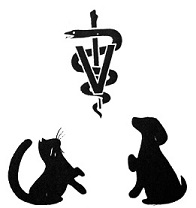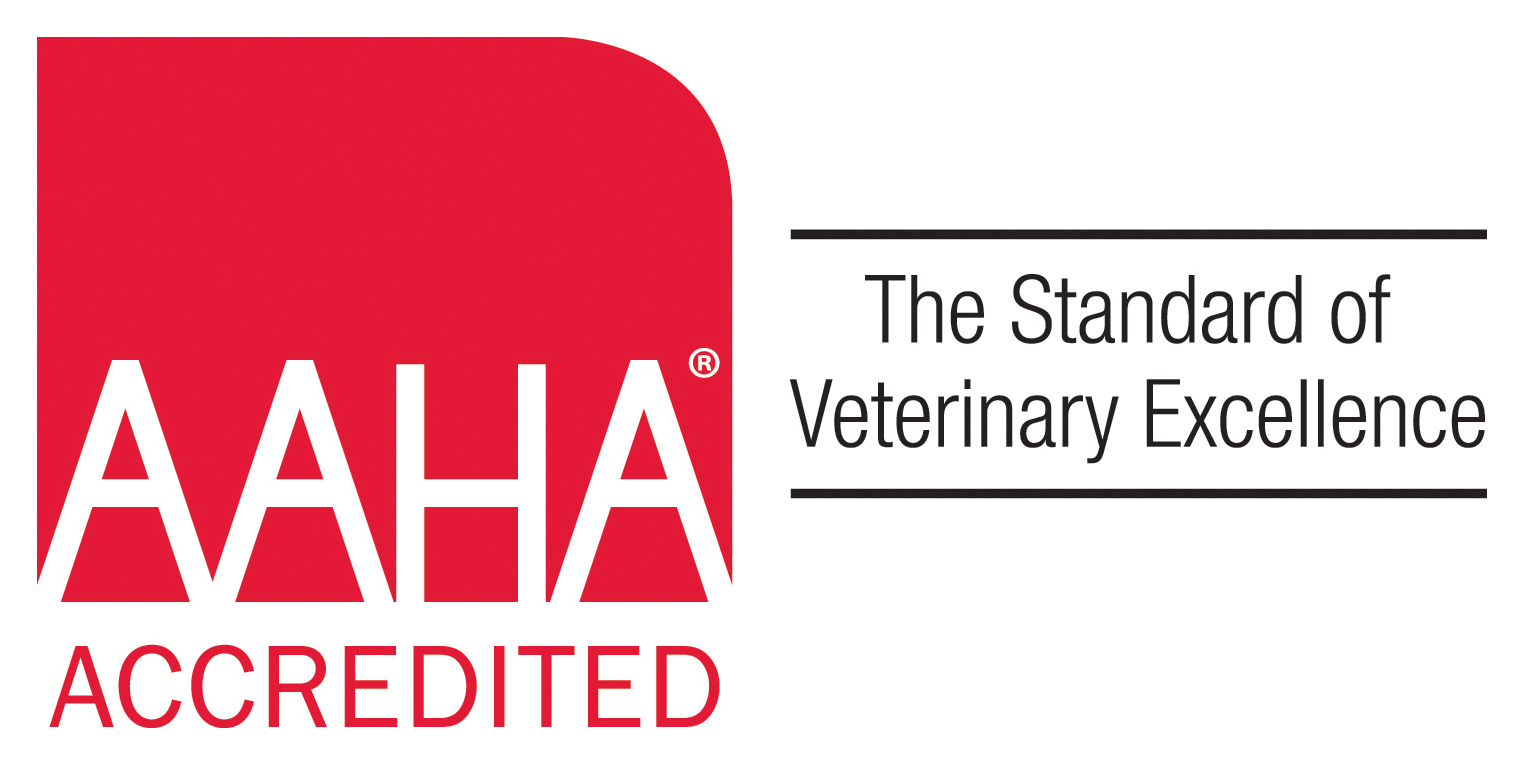...
...
Discover the Difference...
and come home to family
...
...
...
Rocky Shores Veterinary Hospital 

...
...
Discover the Difference...
and come home to family
...
...
...
Rocky Shores Veterinary Hospital 

(631)209-2035
www.rockyshoresvet.com
Address Rocky Shores Veterinary Hospital341 Route 25A Rocky Point , NY 11778 US
Phone : (631)209-2035 |